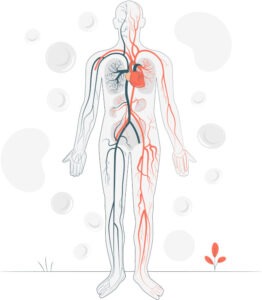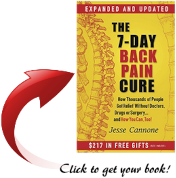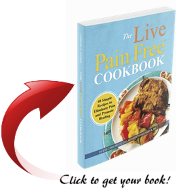It is essential to acknowledge that I am not a healthcare professional, but I enjoy sharing valuable information that might help individuals address their pain management needs. Pain, whether chronic or acute, can significantly impact one’s quality of life. While medical advice should always be sought for specific health concerns, today’s article explores how enhanced circulation and breathing can positively influence pain relief.

Image by storyset on Freepik
Better circulation and breathing can enhance pain relief in several ways:
- Increased Oxygen Supply: Improved circulation means that more oxygen is delivered to the body’s tissues, including muscles and joints. Oxygen is essential for cell function and repair. When tissues receive an adequate oxygen supply, they are better equipped to heal and reduce pain.
- Removal of Toxins: Good circulation helps in removing waste products and toxins from the body. Proper breathing supports the lymphatic system, which plays a vital role in eliminating waste products. When toxins are efficiently removed, inflammation decreases, leading to reduced pain and discomfort.
- Muscle Relaxation: Deep breathing techniques can promote relaxation of muscles. When muscles are tense due to stress or pain, it can intensify discomfort. Deep breathing exercises, such as diaphragmatic breathing, can relax the muscles and alleviate pain.
- Release of Endorphins: Deep breathing and improved circulation can stimulate the release of endorphins, which are the body’s natural painkillers. Endorphins interact with the receptors in your brain that reduce your perception of pain. When endorphin levels increase, pain perception decreases.
- Reduced Stress: Stress and pain often go hand in hand. Stress can worsen pain and make it harder to cope. Deep breathing exercises, such as meditation and mindfulness, can reduce stress levels. When stress is reduced, the perception of pain diminishes.
- Improved Posture and Alignment: Better circulation and breathing can improve posture and body alignment. Poor posture can lead to muscle imbalances and pain. When the body is properly aligned, it reduces strain on muscles and joints, promoting pain relief.
- Enhanced Relaxation Response: Deep breathing triggers the body’s relaxation response, reducing the production of stress hormones like cortisol. When the body is in a relaxed state, it is better able to manage pain.
Diaphragmatic Breathing

In conclusion, while the insights shared here are based on general knowledge and understanding, they underscore the significance of nurturing our body’s natural processes for managing pain. The interplay between enhanced circulation, proper breathing, and their varied impacts on pain relief emphasizes the importance of a holistic approach to well-being. By incorporating the discussed techniques, individuals may find themselves better equipped to cope with pain and improve their overall quality of life. However, these techniques, while potentially beneficial, should complement, not replace, medical advice and treatments provided by qualified healthcare professionals.
To Your Success & Freedom,
Glenn Shimabukuro



